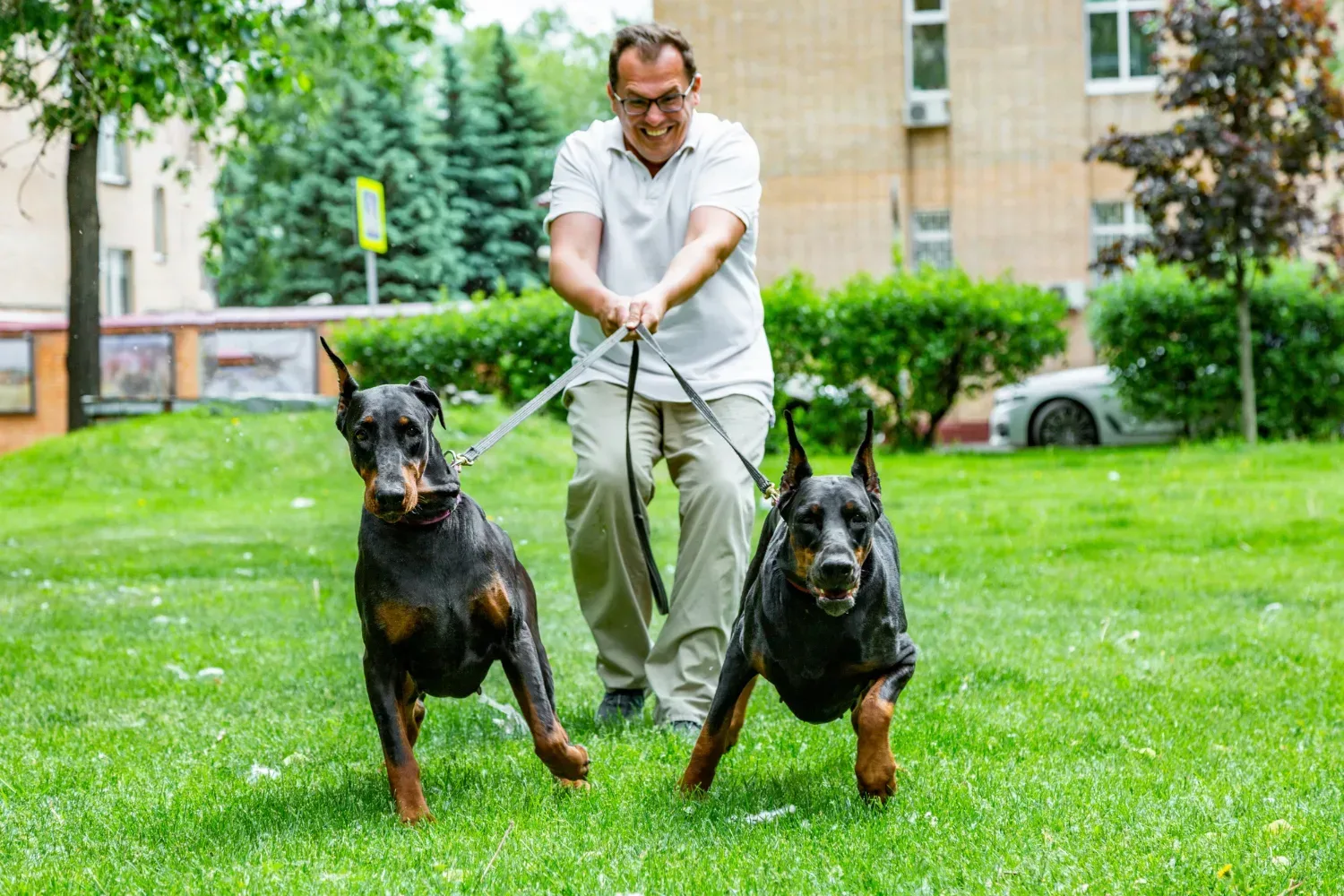Author: Jayson

What is doberman pinscher size
A Doberman pinscher’s size is a defining characteristic of this breed. The breed standard states that males are medium-sized, and females are small and petite. They can range in size from twenty-five to twenty-six inches. Read on to learn about the Doberman’s size and its requirements. You’ll also learn about its nose, which can be…
Read More
All about miniature pinscher lifespan
If you want to know everything about a miniature pinscher, you have come to the right place. In this article, we’ll cover their lifespan and health care. We’ll also look at some common health problems. Keep reading to find out more about these small dogs. But first, let’s talk about their characteristics. Once you know…
Read More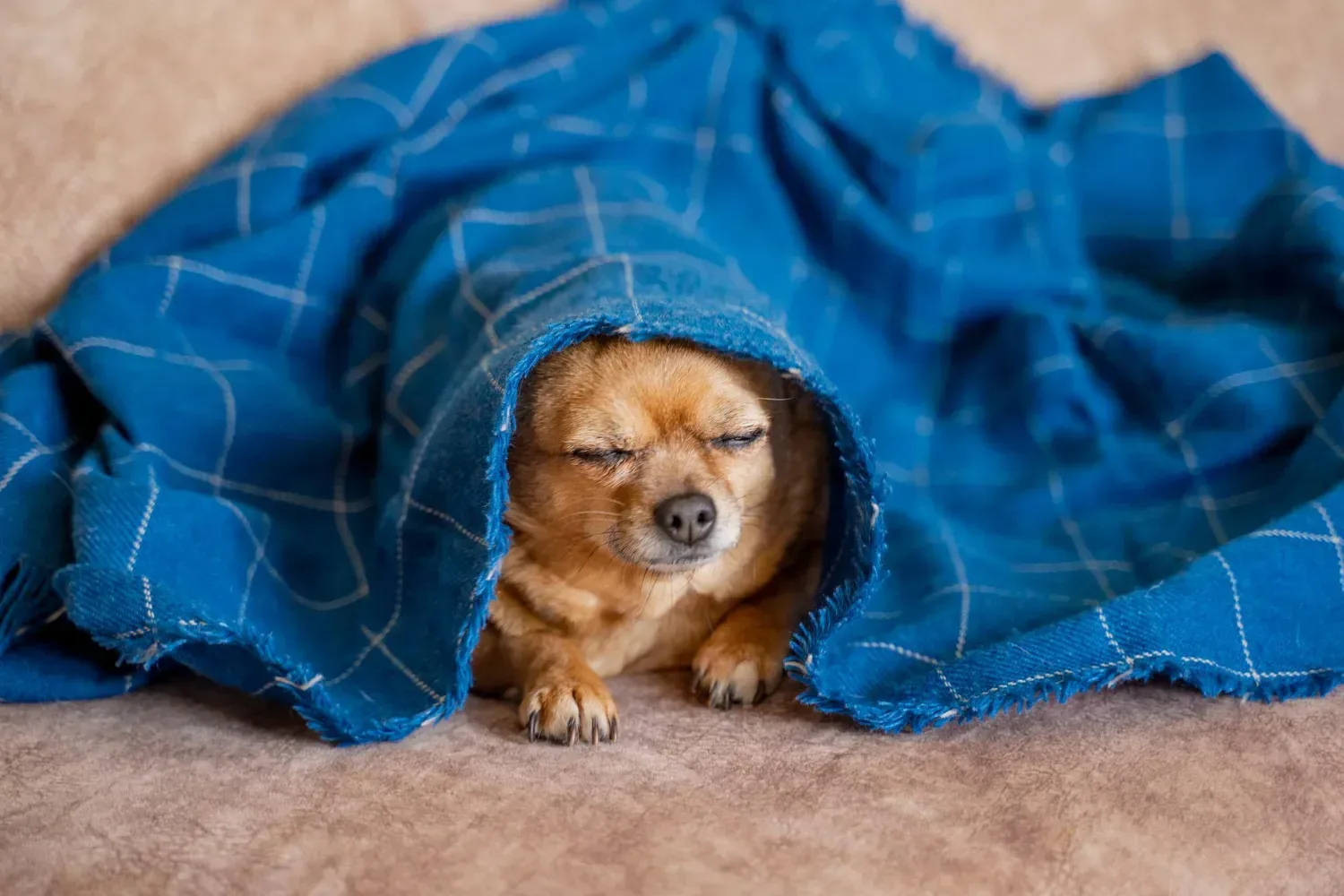
German pinscher size and weight?
If you’re thinking about getting a German Pinscher, it’s important to know the correct size and weight of your new dog. This breed requires a lot of exercise, but is incredibly smart and athletic. Here are some tips to keep your new dog comfortable and healthy. Also, make sure to buy the proper supplies for…
Read More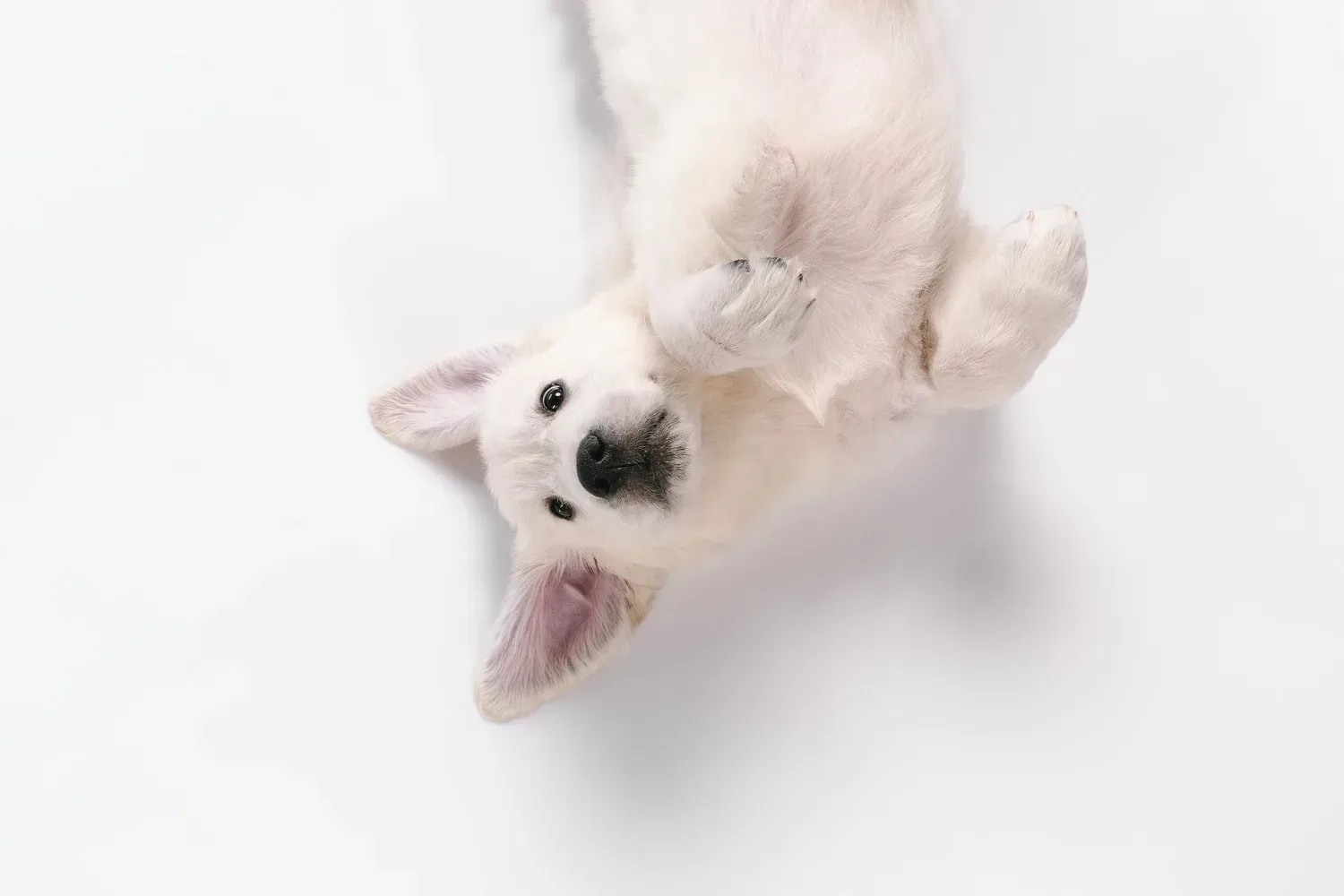
What dog breeds mix with pinscher?
What dog breeds mix with pinscher? These two breeds have many similarities, but they are completely different. A Rotterman Pinscher is one of the best-known mixed breeds. It can be anywhere from 65 to 120 pounds and is about the same height as a pinscher. Both have broad chests and lean legs, but both have…
Read More
All about miniature pinscher temperament
All about miniature pinscher temperament can be tricky. There are a number of different factors to consider. Some of these are listed below. These dogs are typically sociable and friendly, while others can be difficult to train. This article aims to provide you with some information about mini pinscher temperament, including: Training a miniature pinscher…
Read More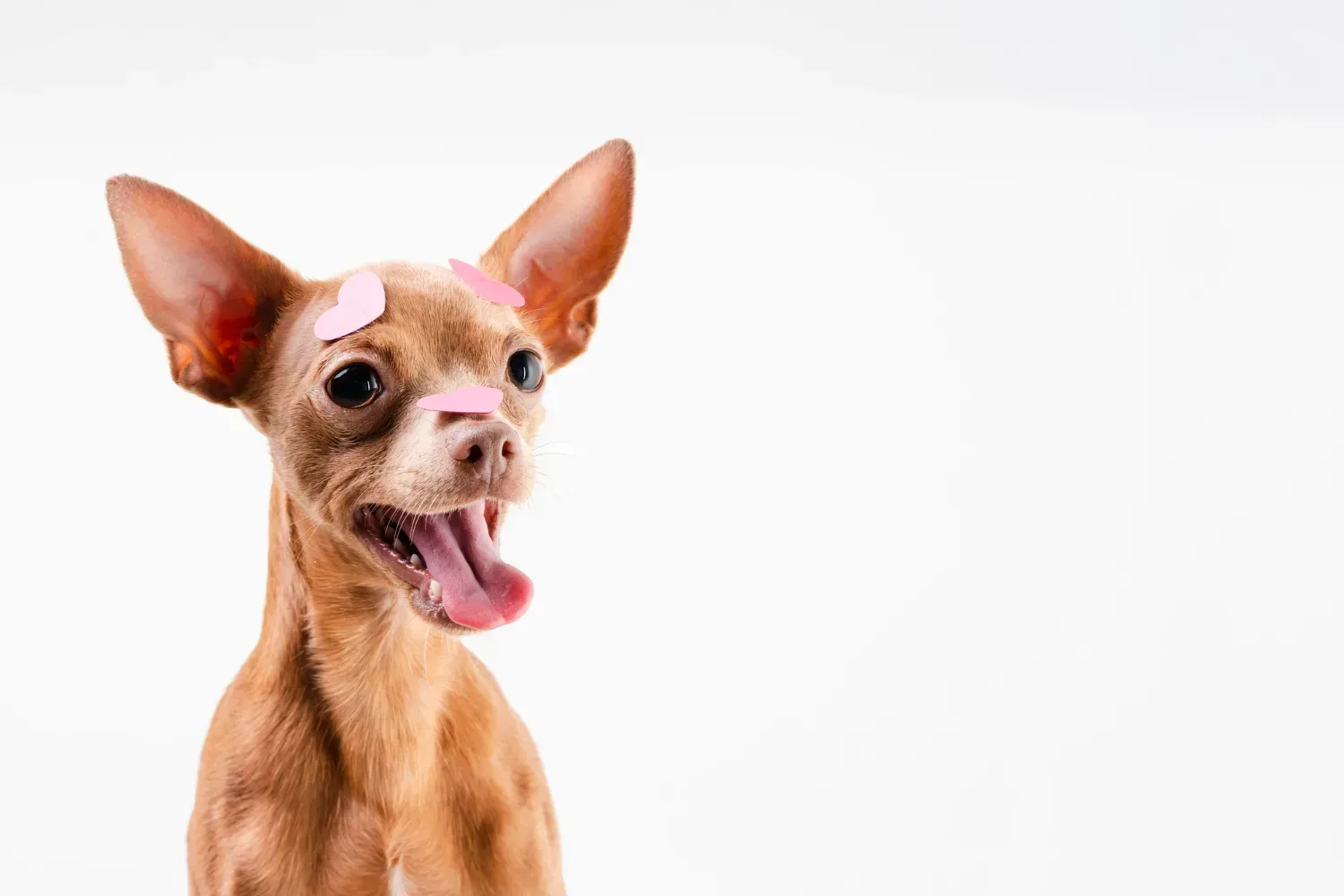
All About Chihuahua Mini Pinscher
Interested in owning a Chihuahua mini pinscher? There are many factors to consider before purchasing one. In this article, you will learn the breed’s characteristics, size, care, and socialization. Hopefully, this article will help you make an informed decision. It will also help you decide if you should get a crossbreed or a purebred.…
Read More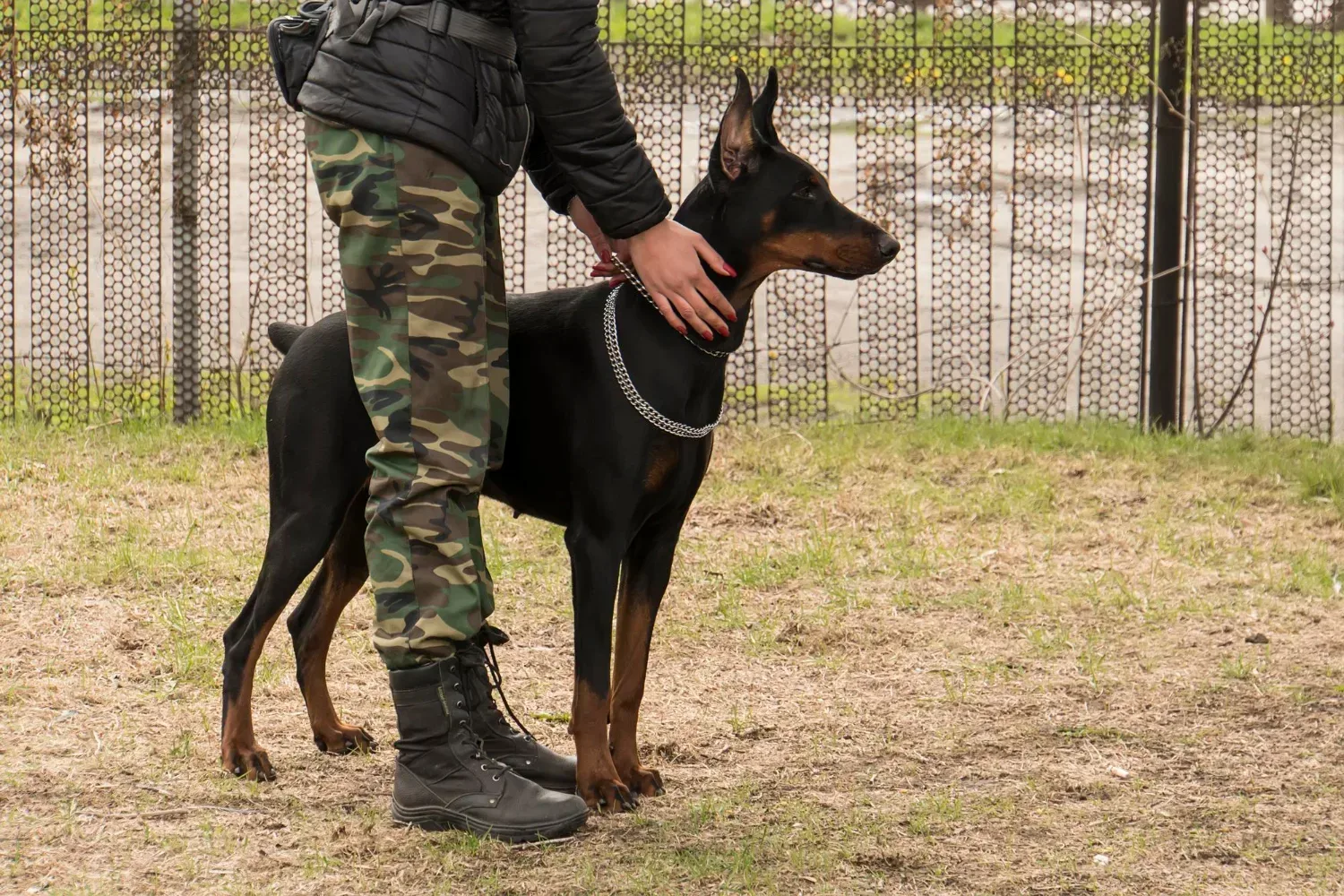
How find miniature pinscher for sale
If you are thinking about getting a Miniature Pinscher, there are several options available to you. If you are a serious pet lover, you will probably want to buy a miniature pinscher from a show breeder. This way, you are assured that the breed you are purchasing has a high standard of appearance, and its…
Read More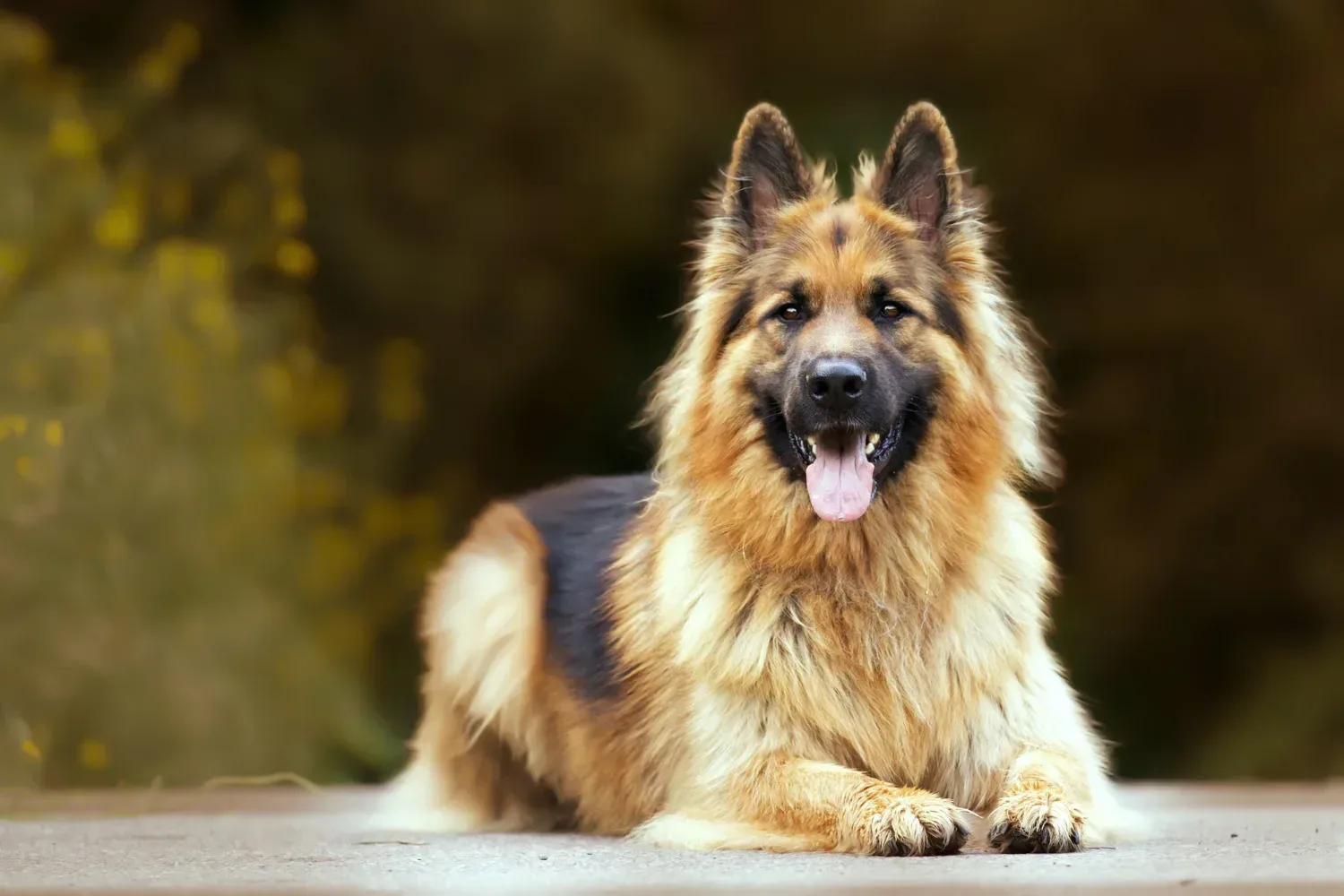
All about miniature pinscher – dog breed
The Miniature Pinscher – also known as Zwergpinscher or Min Pin – is a small dog breed that is part of the pinscher family. Originating in Germany, they are playful and intelligent. However, they can be dominant when around other dogs. To learn more about Miniature Pinschers, read this article. Here, you’ll learn more about…
Read More
All about doberman pinscher – dog breed
If you’re looking for a medium-sized dog with a compact, square build, the Doberman Pinscher is the dog breed for you. This dog’s head is shaped like a blunt wedge, with a flat skull that tapers slightly into a long, narrow muzzle. Their almond-shaped eyes are various shades of brown, depending on the coat color.…
Read More
